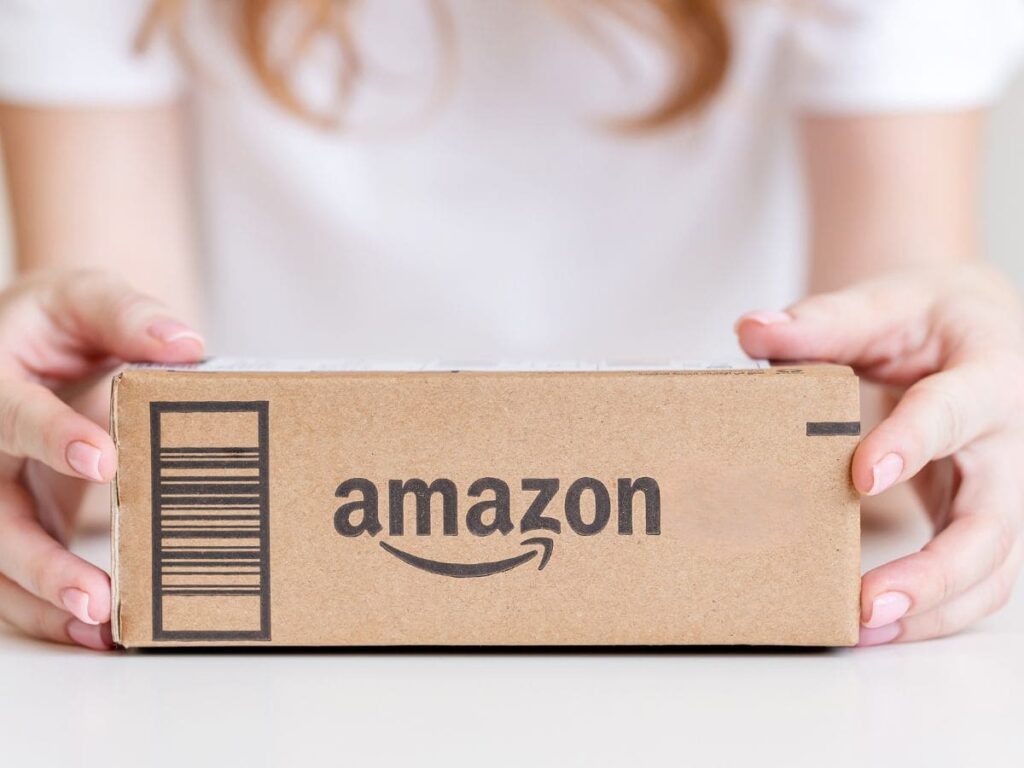In the United States, millions of people shop on Amazon every day, trusting its return policy as one of the most convenient and flexible on the market. However, in recent months, several shoppers have begun to notice an unexpected change: certain returned items no longer generate a refund, even when the process is carried out within the usual time frame.
Although Amazon has not issued an official statement on this adjustment, multiple users have shared their experiences on internet forums and social media. Some report that after returning a product they had already opened or tried, they got a notification stating that they would not be refunded. Other times, the system straight-up denied the request without giving a clear explanation.
So, the situation has caused confusion among customers, especially since many of these returns were made within the 30 days that the platform usually allows for most products. So, what has changed? According to some buyers’ experiences, the condition of the returned item and its category may be key factors in Amazon’s final decision.
What types of returns are no longer eligible for a refund?
Among the most frequent cases reported by users on networks such as Reddit and Twitter are products that have been used or that are not returned in the same condition in which they were delivered. Personal use items, underwear, opened electronic products, or tampered devices seem to be at the center of this new unofficial policy.
In addition, some customers claim that, although the product arrived complete, the original packaging was damaged or minor instructions or accessories were missing. In these situations, Amazon has reportedly denied the refund in whole or in part, arguing that the item could not be resold.
According to buyer testimonials, these are some of the most affected products:
- Opened devices such as headphones, smartwatches, or tablets
- Used personal hygiene and beauty items
- Underwear or swimwear with the seal removed
- Products returned without the original box or with damaged packaging
It is important to emphasize that Amazon has not officially confirmed a policy change, but the frequency of these complaints suggests a tightening of refund criteria, especially in certain categories.
What can you do to avoid losing money on a return?
To avoid unpleasant surprises, it is best to read the return policy on each product page carefully. Some categories have special conditions, and returning the item in the same condition in which it was received can make the difference between getting a refund or not.
In addition, it is always a good idea to keep the original packaging, manuals, and any accessories, even if they seem unimportant. Uploading photos of the product’s condition before returning it can also serve as proof if a dispute arises with the process.
In summary, although Amazon remains one of the most flexible platforms when it comes to returns, more and more buyers are experiencing unexpected restrictions. Returning a product does not automatically guarantee a refund, especially if the item has been used, damaged, or is incomplete. When in doubt, consulting customer service before starting the process can save you time… and money.
